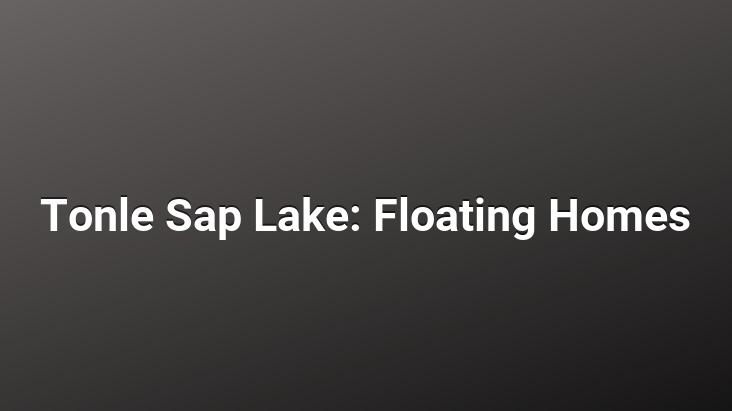Tonle Sap is one of the world’s unique ecological water reserves. This wonderful water world is a source of life for Cambodians. Tonle Sap, the largest lake in Southeast Asia, is also the largest floodplain in the world.
While it is a lake that extends to a depth of 1 meter and an area of 2,700 km² in the dry season, it is almost 6 times higher due to the monsoon rains between May and October. growing, expanding to a depth of 8 meters and an area of 16,000 km². The Tonle Sap River, which empties into the Mekong River between November and May, changes direction when the rains come, forming the enormous Tonle Sap Lake.. This date when the river starts to flow backwards is celebrated in the capital Phnom Penh as the world’s most famous Full Moon and Water Festival (Bon Om Touk).
Fresh water reserves all over the world are part of a highly sensitive ecosystem.. Since less than 1% of the world’s water volume is freshwater, the importance of biologically active freshwater systems is enormous.. For this reason, Tonle Sap Lake, which was designated as a UNESCO World Biosphere Reserve in 1997, is home to more than 200 fish species, more than 100 bird species, about 20 snake species, various reptiles and one kind of leopard.. In addition, a rich ecosystem such as monkeys, otters, 13 species of water turtles and the Siamese crocodile, which is in danger of extinction, comes to life in the mangrove forest areas far from the settlements.. Feeding nearly four million people, the lake provides a quarter of the country’s seafood-related food supply. Cambodians make their living by fishing with boat houses built on the water and farming shrimp and crocodiles.. Everything is floating in this village, the floating school, the floating police station, the floating market, the floating temple and the gas station.. The villagers, who lead a quiet life in boat houses varying in size from 100-400 square meters, feed chickens, roosters and pigs, grow tomatoes and peppers on the verandas made of bamboo in front of the houses. Satellite and TV antennas can be seen in every home.. Batteries that are charged as they run out at the village’s generator station are used as a power source.. The village people, who learned swimming, rowing and boating at an early age, make a living from fishing.. Catfish weighing up to 300 km can be caught in these waters.
To go to Tonle Sap, which is 45 minutes away from Siem Reap, we rented a tuktuk with 2 girls from Thailand and her Japanese friend, whom I met at the hotel I was staying at. (10$). We bought our ticket by the lake we came to and went to the boat (15$). We had an interesting and beautiful boat tour, where we witnessed the daily life and lifestyle of the people of the region who lead their traditional life in the floating houses on the lake.
You can take a break at several different places on the boat tour. In the place called Gecko Environmental Center, you can get information about the biodiversity of the lake and its surroundings.. We stopped for something to eat or drink, at a restaurant where souvenirs are also sold.. The restaurant also housed the crocodile farm.. It should also be noted that crocodile meat is often preferred in the region.
We left behind a kind of life that we are not accustomed to in the largest lake in Southeast Asia, where some do not set foot on land for very long, and returned to Siem Reap.
Day 633: Cambodia:27, Siem Reap, 26 April 2012







